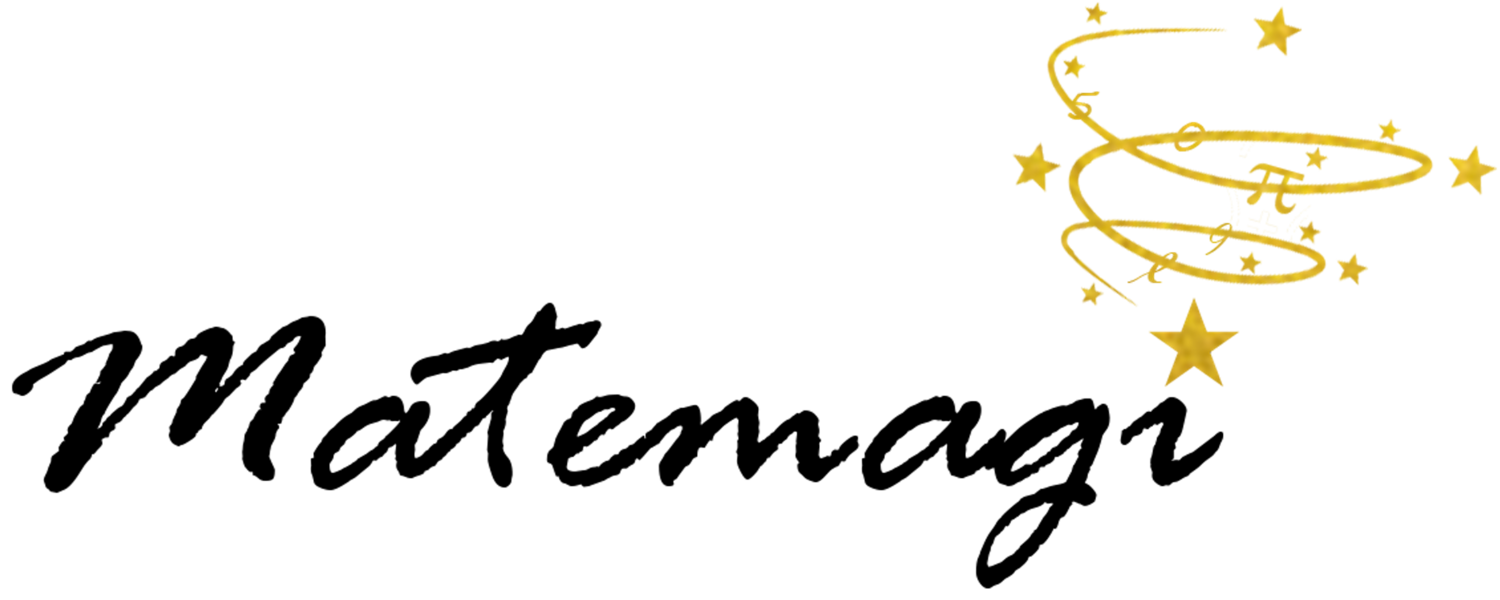Power in numbers – the rebel women of mathematics
When I was at the mathematics lecture Cosmos and mathematics in Uppsala 2019, I came to talk to a man. He was curious about the people behind the names on my t-shirt. When I explained that Katherine, Maryam, Emmy, Ada, Sofia are the names of eminent female mathematicians, his immediate comment was: Really? Are there any?
I would be lying if I said I was not provoked by his answer. At the same time, I understand him. Just a few years ago, I could name no more than a couple of female mathematicians. Throughout my schooling, I can not remember seeing a single theorem by a female mathematician. I can not remember a mathematician in my high school book who was not an old, bearded man. And at the university, when I trained as a mathematics teacher, not a single woman was mentioned in the mathematics courses – not even in the course on mathematical history.
When I now read Power in numbers - the rebel women of mathematics by Talithia Williams, I am both happy and appalled. Happy to get to know so many strong, inspiring and brilliant women. Appalled that no one has shown them to me before.
Power in numbers
In Power in numbers I read about Sophie Germain who used the male pseudonym M. LeBland when she communicated with Lagrange and Gauss, for fear of being rejected and ridiculed for being a woman. I read about Sofia Kovalevskaya, who was not allowed to study at the University of Berlin and about Emmy Noether, one of the leading figures in modern algebra, who, despite groundbreaking results, was not allowed to teach at the university. I learn that it was accurate calculations by women such as Mary Golda Ross, Dorothy Vaughan and Katherine G. Johnson that during the post-war period laid the foundation for the American successes in the space race and enabled the United States to send humans to the moon. Their male colleagues received the education paid for, while they had to pay for their studies themselves.
I read about the obstacles, prejudices and barriers, but I also read about the mathematicians who encouraged, taught and supported. When Gauss discovered that M. LeBlanc was in fact Sophie Germain, he wrote encouragingly in a letter:
... when a woman, because of her sex, our customs and prejudices, encounters infinitely more obstacles than men in familiarizing herself with [number theory's] knotty problems, yet overcomes these fetters and penetrates that which is most hidden, she doubtless has the most noble courage, extraordinary talent, and superior genius.
When Hilbert's colleagues at the University of Göttingen were angry that their students would return from the war and be taught by a woman (Emmy Noether), he replied: “I do not see that the candidate's gender would affect her admission as a Private Lecturer. After all, the university is not a bathhouse. ” And when Sofia Kovalevskaya had difficulty finding employment in Europe due to her gender, it was the Swedish Mittag-Leffler who finally gave her a job at Stockholm University.
Able women
It is undoubtedly the case, that the great mathematicians throughout history have essentially been men. We know their names: Pythagoras, Al-Khwarizmi, Newton, Leibniz, Euler, Gauss, Hilbert, Lagrange, Cantor, Gödel. They are the ones who have developed the mathematics we learn in high school and in the first courses at the university. But as women at the end of the 19th century gained access to higher education, they too have come to make an impression in the history of mathematics. Sophie Germain proved Fermat's Grand Theorem for all prime exponents less than 100, and Emmy Noether's proof of the relationship between time and energy in the universe has been described as "one of the most important mathematical theorems ever proved in guiding the development of modern physics." Women today belong to the absolute world elite in mathematics. In 2014, Maryam Mirzakhani was the first woman to receive the Fields Medal – the equivalent of mathematics for the Nobel Prize – and in 2019 Karen Uhlenbeck was the first woman to receive the prestigious Abel Prize.
Only when I read about these women, do I realize how much it would have meant to me to read about them when I was young. That it could have made me believe that mathematics – the pure, academic – also had room for young women like me. Because the history of mathematics is shaped by so many white, brilliant men, we need to consciously and actively show that mathematics is also available to those of another gender, class, religion or ethnicity. I am happy with the sudden realization that I can contribute to this. I can let these mathematicians take their place in the math books I work with and maybe, maybe, make a difference for any young person with a love of math. You can also make that difference. Start by learning the names of my t-shirts.



